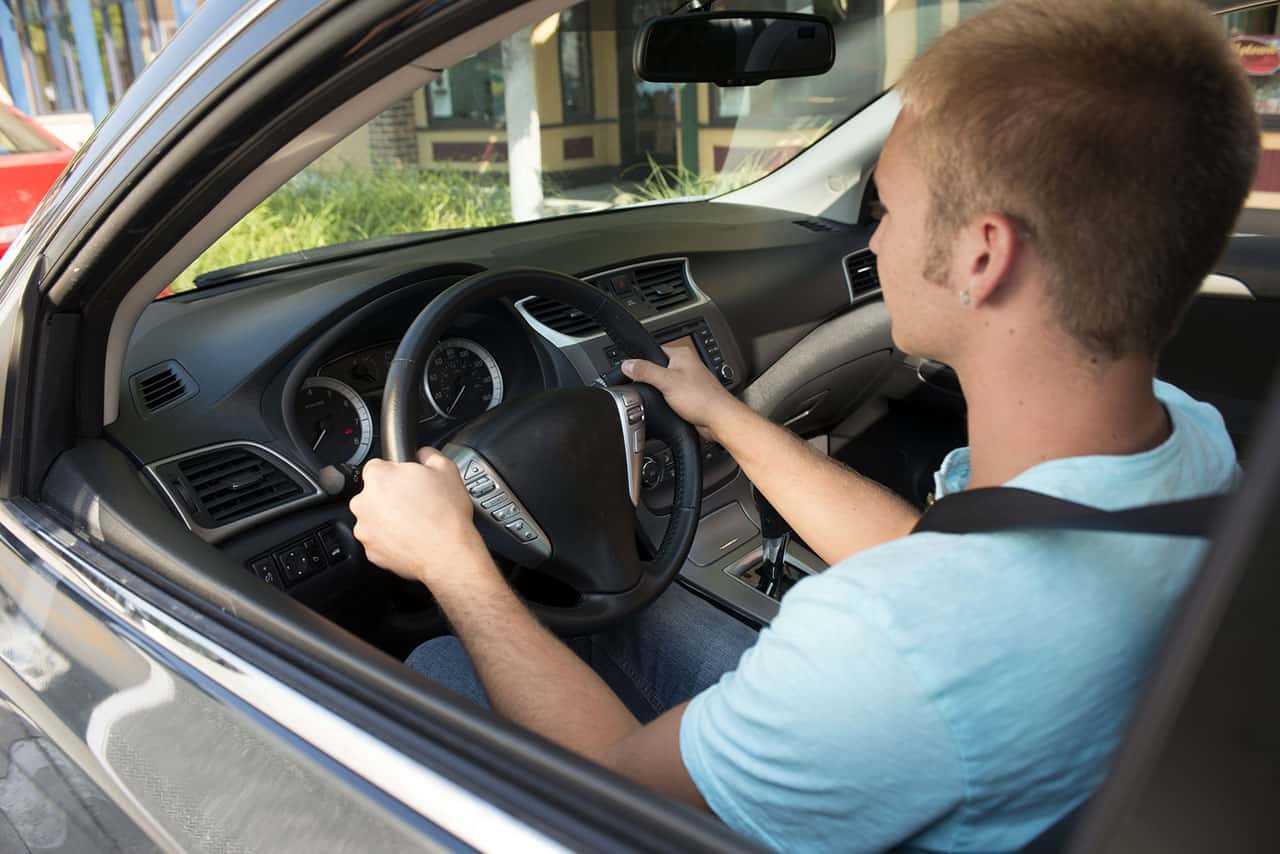In Germany, short-term foreign visitors and tourists have the facility to drive in rental cars with a legal foreign driver’s license, for a few months. Licenses issued in the European Union area are all accepted. Driver’s licenses issued by non-EU countries (except Switzerland) are accepted if you have a valid visa and have not been inside Europe for more than six months. You will need a driver’s license from an EU country if you have been in Europe longer than six months.
The person should have a valid driver’s license that has been in good standing for at least one or two years to drive in Germany. You will need to acquire International Driver’s License for Germany if your country’s driver’s license has non-Roman letters (Japanese or Arabic). An International Driving Permit, also known as an International Driver’s License, does not replace a regular driver’s license. Therefore, you must always have your international driver’s license, IDP, or translation with you when you drive in Germany.
Age Requirements
For renting a car in Germany, you must be 18 years of age. (The age may vary depending on the car category). Each rental agency has its requirements. It can be younger than the minimum age depending on the vehicle. You will probably have to pay a young driver’s charge if you are between 18 and 23.
The International Driver’s License is an internationally valid form of identification that can be used in many countries worldwide. It contains your name, photo, and driver information. In addition, it has the capability of translating your identification content into the eight most commonly used foreign languages (Spanish, English, Portuguese, Russian, German, Arabic, French, and Chinese). This makes it easy for foreign officials to translate your driver’s license. This country strictly demands an International Driving License.
Driving in Germany, you’ll have to follow these rules:
You should always have your documents. These documents include your driving license (or International Driver’s License if you are arriving in Germany), your V5C Certificate to prove ownership of the car or to document that you rented it, and proof of insurance.
Safety on the roads in Germany is essential. You must have a reflective safety jacket, warning triangle, a safety helmet, a first aid kit while riding a motorcycle. If you are driving in areas where snow or ice may exist, make sure to have snow chains or winter tires installed.
Key driving principles
It’s very important to follow the speed limits especially because they have roads where you can drive as fast as you can. There is a zero-tolerance policy in Germany for drivers with less than two years’ experience or younger than 21.
The driver and passenger must wear seatbelts all the time. Driving in Germany without a seatbelt is a crime. Children under three years old cannot travel without a car seat. Children under three years old have to travel in the back seat. Children younger than 12 years and less than 1.5m tall must use a restraint or child seat. If a restraint or child seat is not available, the child may utilize a standard safety belt. All child seats and safety equipment must comply with European standards.
If you see a sign in Germany that says “no overtaking,” it means you can’t overtake any vehicle with more than two wheels. So, avoid overtaking any car, lorry, or other four-wheeled vehicles. Follow Germany’s parking regulations. If you don’t pay a parking fine, your vehicle may be taken away.
Germany Recognizes 1968 Convention
The best thing about an International Driving License? You can rent a car on foreign soil. This important paper is designed to help drivers navigate other countries with different licensing requirements. You don’t need to hire a driver, and you can drive your car by yourself. You can use an IDL in conjunction with a license for your car issued in your country.
Germany does not recognize the 1949 Convention or 1926. So, you can safely and confidently show your International Driving Permit along with your local Driver’s License issued by the authorities or your country of origin if it’s a part of 1968 convection which is what most countries around the world accept.
A valid national driver’s license provided by your country of origin is required by law. However, you must also prove that it is valid for the vehicles you are driving – either an IDP or an authorized translation, which is more costly than an IDP. This is necessary for drivers of heavy vehicles including trucks.

